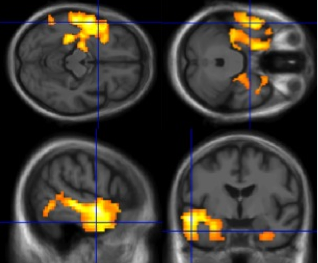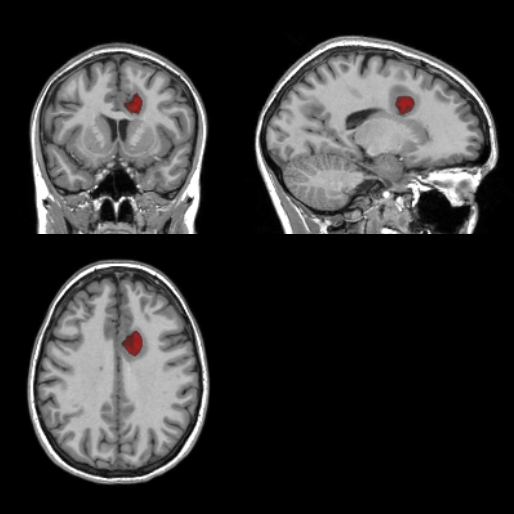Section: Software and Platforms
AutoMRI
Participants : Camille Maumet, Isabelle Corouge, Pierre Maurel, Fang Cao, Elise Bannier.
AutoMRI Based on MATLAB and the SPM8 toolbox, autoMRI provides complete pipelines to pre-process and analyze various types of images (anatomical, funcional, perfusion, metabolic, relaxometry, vascular). This software is highly configurable in order to fit to a wide range of needs. Pre-processing includes segmentation of anatomical data, as well as co-registration, spatial normalisation and atlas building of all data types. The analysis pipelines perform either within-group analysis or between-group or one subject-versus-group comparison and produce statistical maps of regions with significant differences. These pipelines can be applied to structural data to exhibit patterns of atrophy or lesions, to ASL or PET data to detect perfusion or metabolic abnormalities, to relaxometry data to detect deviations from a template, to functional data - either BOLD or ASL - to outline brain activations related to block or event-related paradigms. In addition to the standard General Linear Model approach, the ASL pipelines implement an a contrario approach and, for patient-specific perfusion study, an heteroscedastic variance model. Besides, the vascular pipeline processes 4D MRA data and enables accurate assessment of hemodynamic patterns (Figure 3 ).
-
Software benefit: Automatic MRI data analysis based on SPM. Once the parameters are set, the analysis is performed without human interaction.
-
Type of human computer interaction: Matlab function (script, no GUI)
-
Required library or software: Matlab, SPM, SPM toolboxes : Marsbar, LI-toolbox, NS
-
Documentation: available at https://gforge.inria.fr/projects/autofmri/ and https://gforge.inria.fr/projects/asl/



